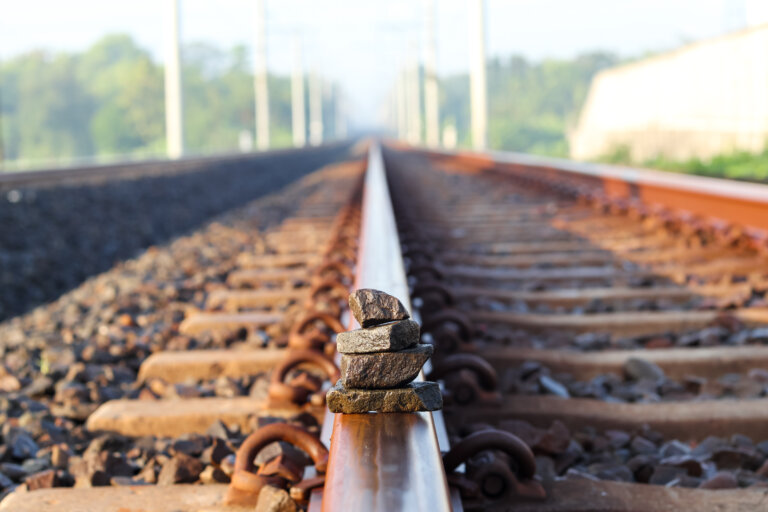When a pedestrian crosses paths with a train or walks on railroad tracks, the result can be catastrophic or fatal for the walker. The primary risks of walking on tracks are getting hit by a train or electrocuted. Train accidents are a leading cause of pedestrian deaths in the United States.
If you got injured or a loved one lost their life from an interaction with a train, a New Jersey train accident attorney could help you seek compensation from the at-fault party. This blog will discuss the common causes and prevention of train and railroad pedestrian accidents.
Common Causes of Train Pedestrian Accidents
At the most basic level, train pedestrian accidents usually have one or both of these causative factors: the pedestrian does not see the train in time to move out of harm’s way, and the train driver does not see the walker in time to stop before colliding with the pedestrian. Here are a few examples of the reasons that these situations happen:
- The train driver cannot see the walker because of factors like the height of the train, curves in the tracks, objects that obstruct the view of the train driver, and pedestrians wearing dark clothing.
- People on foot assume that a train can stop in time, if necessary, that all trains stop at railroad crossings, and that they can outrun a train.
- Pedestrians who consume alcohol or drugs before walking on a train track.
- Walkers wearing headphones, taking selfies, texting, or having other distractions.
- Pedestrians assume they will hear an approaching train in a noisy, urban area.
- The train driver is inattentive or distracted by talking to people inside the train or using a cell phone to talk or text.
Any of these factors could lead to a tragic accident between a train and a pedestrian.
Ways to Prevent Train Pedestrian Accidents
The best way to avoid a crash between a pedestrian and a train is for pedestrians to stay off of railroad tracks at all times, but that is not always an option. The pedestrian might have to get to a location on the other side of the tracks.
Here are some suggestions for preventing train-pedestrian accidents:
- Avoid crossing train tracks at night or in inclement weather, when it is more challenging for the train driver to see you.
- Wear bright clothing to make you more visible.
- Cross in open areas where the train driver can see you from a long distance.
- Do not assume that a train will or can stop for you. When you see a train coming, wait until it passes.
- When there is more than one train track, check for oncoming trains in both directions on both tracks.
- Do not wear a headset or use a cell phone near train tracks or when driving a train.
- Do not walk on or close to train tracks except to cross them.
- Do not consume alcohol or take drugs prior to walking near train tracks or driving a train.
Sometimes, train-pedestrian accidents will happen despite a person’s best efforts to stay safe. You can talk to a New Jersey train accident attorney about your pedestrian train accident. We offer a free initial consultation. Get in touch with our office for help.

